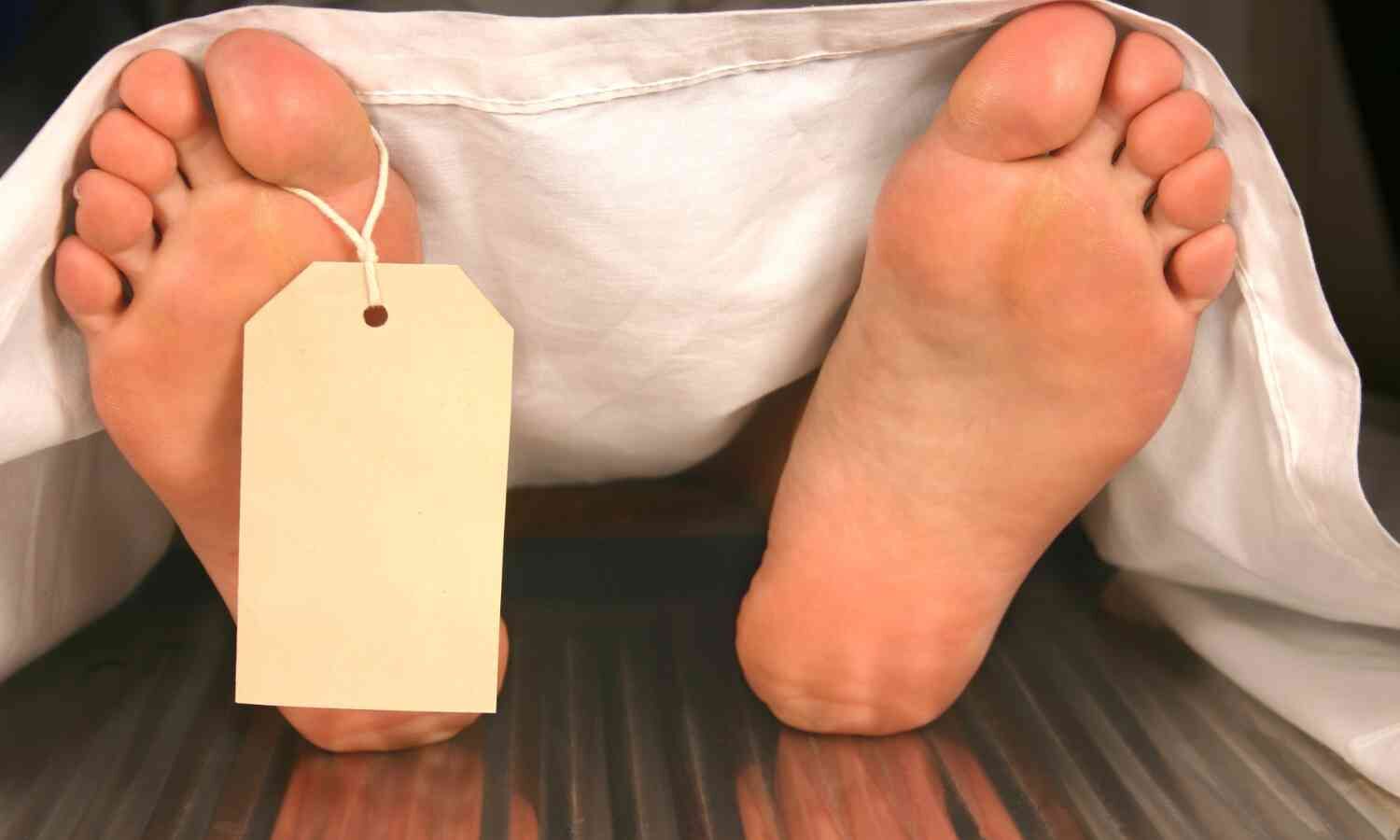August 07, 2025
3 min read
Key takeaways:
- The weekend warrior pattern greatly lowered the risk for all-cause and cardiovascular death in adults with diabetes.
- But any level of physical activity is more beneficial than inactivity, an expert told Healio.
“Weekend warrior” and regular activity patterns that met current physical activity recommendations reduced the risk for all-cause death by 21% and 17%, respectively, an analysis showed.
These patterns had an even greater impact on cardiovascular mortality, with regular activity reducing the risk for this type of death by 19% and weekend warrior by 33%.

Data derived from: Wu Z, et al. Ann Intern Med. 2025;doi:10.7326/ANNALS-25-00640.
Healio previously reported that adults who followed the weekend warrior pattern had a lower risk for mortality and more than 200 incident diseases, though “it is unclear whether these associations extend to people with diabetes given the presence of metabolic dysfunctions,” Zhiyuan Wu, PhD, a postdoctoral research fellow at Harvard T.H. Chan School of Public Health, and colleagues wrote in Annals of Internal Medicine.
In the study, the researchers assessed 1997 to 2018 National Health Interview Survey data from 51,650 American adults with self-reported type 2 diabetes.
These participants were categorized by four physical activity groups based on the amount of moderate-to-vigorous physical activity performed per week:
- inactive, or those who had no physical activity;
- insufficiently active, or those who had fewer than 150 minutes;
- weekend warrior, or those who had 150 or more minutes in one to two sessions; and
- regularly active, or those who had 150 or more minutes in three or more sessions.
Mortality benefits
There were 16,345 deaths in the cohort over a median follow-up period of 9.5 years.
Wu and colleagues reported that HRs for all-cause mortality vs. inactive participants were:
- 0.9 (95% CI, 0.85-0.95) for insufficiently active people;
- 0.79 (95% CI, 0.69-0.91) for weekend warriors; and
- 0.83 (95% CI, 0.78-0.87) for regularly active people.
Meanwhile, HRs for cardiovascular mortality compared with the inactive group were:
- 0.98 (95% CI, 0.89-1.07) for insufficiently active people;
- 0.67 (95% CI, 0.52-0.86) for weekend warriors; and
- 0.81 (95% CI, 0.74-0.88) for regularly active people.
The researchers noted fewer differences between the three groups regarding HRs for cancer-related mortality vs. inactive participants.
They acknowledged study limitations, including physical activity data being self-reported and physical activity patterns being assessed only at baseline.
Still, the findings “should be reassuring given the elevated premature mortality risk, distinct physiology and low physical activity adherence among adults with diabetes,” Wu and colleagues wrote.
The weekend warrior phenomenon
Experts typically encourage patients to be as active as possible whenever possible, although “the weekend warrior phenomenon has always been an interesting one,” Andrew J. Mock, MD, MPH, FACLM, DipABLM, chair of the American College of Lifestyle Medicine Fitness and Medicine Member Interest Group, told Healio.
“My personal thoughts are that it likely has something to do with the types of activities we do on the weekends,” Mock, who was not affiliated with the study, said. “Frequently, when exercising in the week, we are rushed, going to the gym on a time limit, etc., so the activity is likely to be shorter than we think, on our own, and in an environment that is structured. Maybe there is something to the types of activity people are more likely to do on the weekend.”
Weekend activities, he added, may include “going out in nature for the activity or doing the activity with friends or a group.”
“The activity also does not have the same time restraints, so it is likely that the time spent doing activity on the weekend is longer, even if the self-reporting data is similar,” Mock said. “Similarly, hiking with your friends and family or playing soccer with your kids might be more intense than your gym activity, but you may not notice the higher effort.”
‘Some activity is better than none’
The analysis is one of several recent studies to highlight the benefits of any physical activity level. Healio reported on another that showed achieving just 7,000 steps daily can lower the risk for death, type 2 diabetes, cancer mortality, CVD and dementia.
“Both studies highlight some important points. Doing more activity (or being able to do more activity) provides additional benefit. But, very important, some activity is better than none!” Mock told Healio.
He noted that greater amounts of physical activity “are likely required for disease reversal.”
“But doing 10 squats in the room with your patient or taking that 3-minute walk throughout the day can provide significant benefit,” he said.
Mock also pointed out the studies “only address measures of inactivity and cardiovascular (conditioning) type exercise.”
“Remember that the Physical Activity Guidelines also recommends at least 2 days per week of muscle strengthening activity for adults,” he said. “For patients not engaging in regular activity for both condition and resistance training activity, connect the patient with an exercise prescription or referral to a physical activity program or specialist.”
For more information:
Andrew J. Mock, MD, MPH, FACLM, DipABLM, can be reached through Alex Branch at abranch@lifestylemedicine.org.










